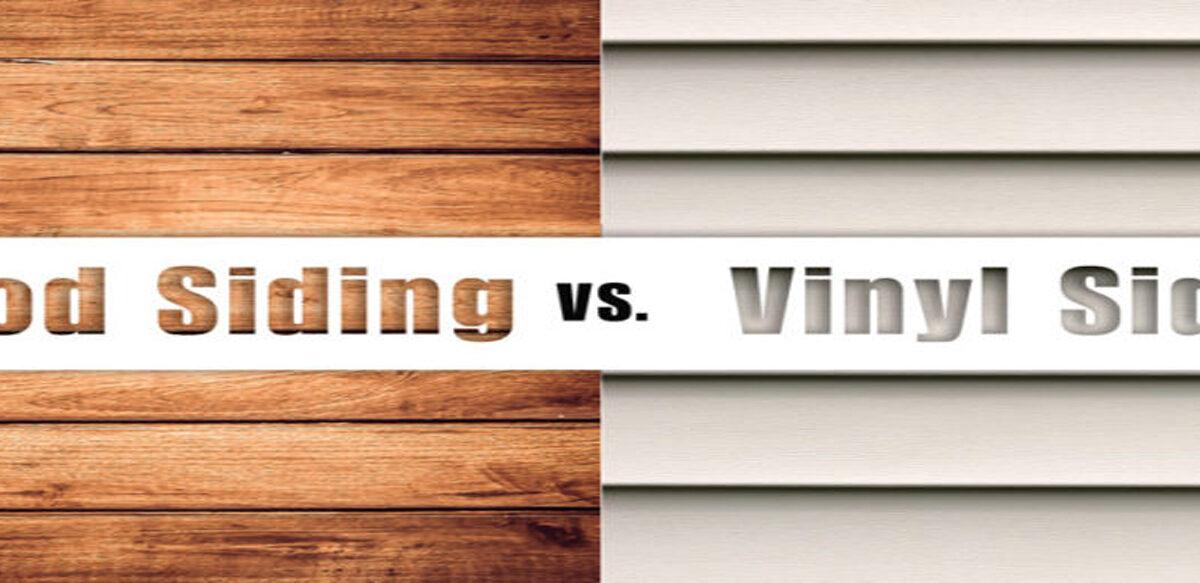When it comes to selecting siding for your home, two popular options are vinyl and wood. Both materials offer distinct advantages and drawbacks, making the decision largely dependent on your personal preferences, budget, and maintenance willingness. In this blog post, we’ll explore the pros and cons of vinyl and wood siding to help you determine which is right for your home.
Vinyl Siding
Pros:
- Cost-Effective: Vinyl siding is generally more affordable than wood, both in terms of initial cost and installation.
- Low Maintenance: Requires minimal upkeep, with no need for painting or staining. It’s easy to clean with just a hose and occasional soap.
- Durability: Resistant to pests, rot, and mold, making it a long-lasting option.
- Variety: Available in a wide range of colors and styles, including options that mimic the appearance of wood.
- Weather Resistant: Vinyl siding holds up well against harsh weather conditions, including extreme heat, cold, and moisture.
Cons:
- Appearance: While modern vinyl can imitate wood, it may not achieve the same authentic look and feel.
- Environmental Impact: Made from PVC, a type of plastic, vinyl siding isn’t the most eco-friendly option and isn’t biodegradable.
- Potential for Cracking: In extremely cold temperatures, vinyl can become brittle and crack.
Wood Siding
Pros:
- Aesthetic Appeal: Offers a classic, timeless look that adds warmth and character to your home. It can be painted or stained in any color.
- Eco-Friendly: As a natural material, wood siding is biodegradable and a renewable resource.
- Insulation: Provides better insulation compared to vinyl, which can help with energy efficiency.
Cons:
- Cost: Generally more expensive than vinyl, both in terms of material and installation costs.
- Maintenance: Requires regular maintenance, including painting or staining every few years and checking for pest damage.
- Vulnerability: Susceptible to issues like rot, mold, and insect damage if not properly maintained.
- Weather Sensitivity: Can be affected by extreme weather conditions, leading to warping, swelling, or cracking.
Factors to Consider
When deciding between vinyl and wood siding, consider the following factors:
- Budget: If cost is a major concern, vinyl siding may be the more economical choice due to its lower material and installation costs, as well as minimal maintenance expenses.
- Maintenance: Think about how much time and effort you’re willing to invest in maintaining your siding. Vinyl requires less upkeep, whereas wood needs regular care to stay in good condition.
- Aesthetic Preferences: Consider the overall look you want for your home. Wood siding offers a natural, authentic appearance that’s hard to replicate, while vinyl provides a variety of styles and colors that can mimic wood.
- Environmental Impact: If sustainability is important to you, wood siding is the more eco-friendly option, being a natural and renewable resource.
- Climate: Consider the climate in your area. Vinyl performs well in diverse weather conditions but can crack in extreme cold. Wood may require more maintenance in wet or humid climates to prevent rot and mold.
Conclusion
Both vinyl and wood siding have their own unique advantages and disadvantages. Vinyl siding is cost-effective, low-maintenance, and durable, making it a practical choice for many homeowners. On the other hand, wood siding offers unmatched aesthetic appeal and eco-friendliness but requires a higher level of care and a bigger budget. By weighing these factors, you can make an informed decision that best suits your needs and enhances the beauty and value of your home.

